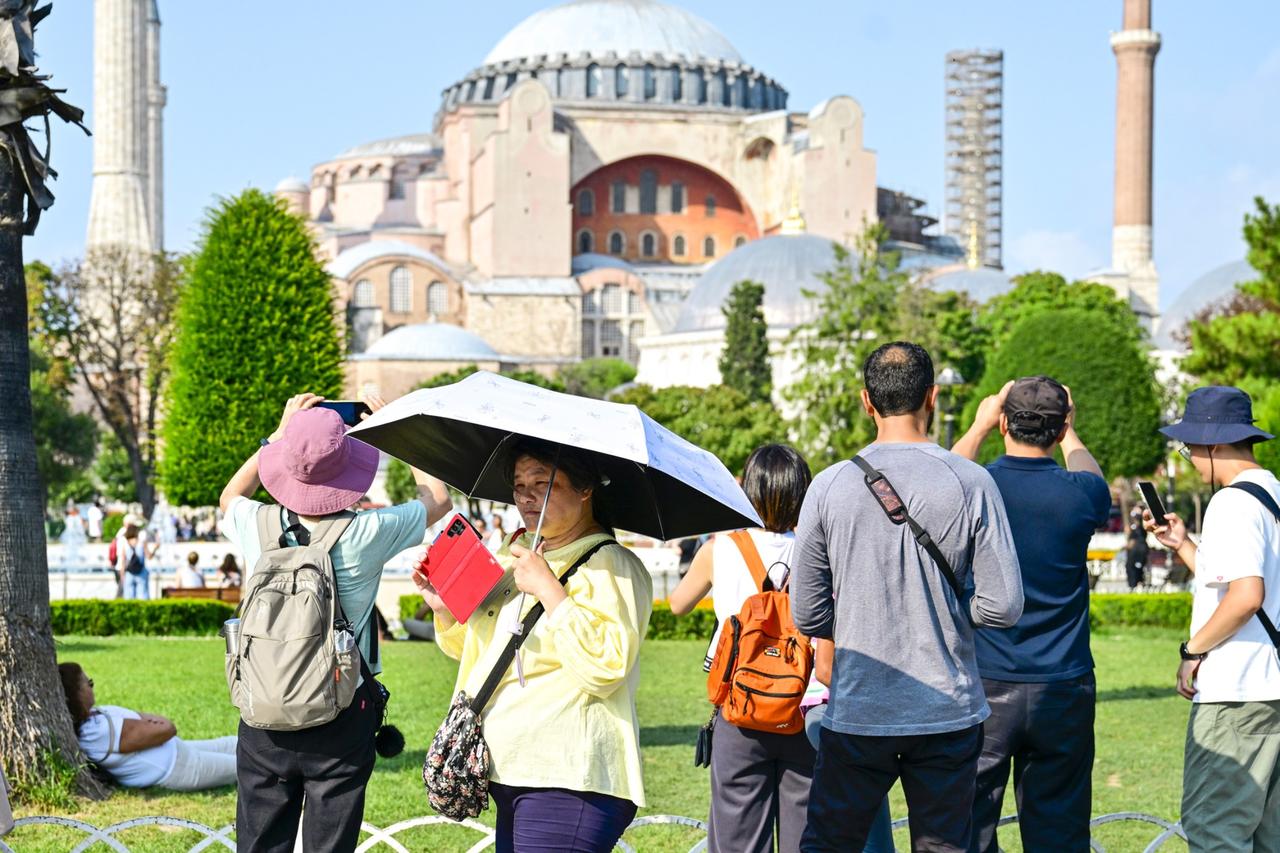
A powerful atmospheric system known as a "heat dome" is expected to lock in sweltering conditions across Türkiye between July 22 and 27, according to meteorological expert Kutay Mihliardic. Unlike typical summer heat waves, this phenomenon will trap hot air over the country, dramatically raising temperatures and preventing rainfall for several consecutive days.
The system, Mihliardic explains, will create what he describes as a “thermal lock,” especially over the central and eastern regions. While the Eastern Black Sea may escape its full force, much of the rest of the country will experience intensified heat and stagnant air. Rainfall is not expected during the entire period of the heat dome..
The anticipated heat dome arrives on top of an already active heat wave from the Persian Gulf region, which has been affecting southern and eastern Türkiye. In addition, a new hot air mass from North Africa is expected to move in from the west, further intensifying the conditions in cities such as Istanbul and other western provinces.
The Turkish State Meteorological Service has projected that temperatures will rise by 3 to 5 degrees Celsius across the country during the week. However, Mihliardic warns that the nature of this upcoming heat event differs from standard summer patterns.
According to Mihliardic, who co-founded WeatherX and is a member of the Cloud Appreciation Society, this heat event does not match the traditional African Subtropical Ridge scenario. Instead, it is driven by a weakened upper-level atmospheric ridge and a thermal low developing over eastern Türkiye. This unusual setup will allow hot air to build up and stay locked over the country.

He describes the dynamic as a “counter-circulation” between a clockwise-spinning anticyclone at higher altitudes and a cyclonic system forming near the surface. The result is a vertical compression in the atmosphere, which intensifies the heating effect and slows air movement, causing heat to become trapped.
Mihliardic likens the phenomenon to a kind of atmospheric glue: “It acts as a thermal seal, pressing the hot air downward and holding it in place for days.” He predicts that this mechanism will lead to persistent high temperatures and a complete halt to rainfall, with not a single drop expected over most of the country outside the Eastern Black Sea.
He also highlights the potential impact on health, particularly for the elderly, vulnerable individuals, and outdoor workers. Rather than focusing on isolated high-temperature readings, Mihliardic emphasizes the cumulative stress caused by sustained heat over several days. “Heatwaves are not about one extreme day,” he warns. “They are a form of atmospheric fatigue that lasts at least five days and can be deadly.”

Although Mihliardic refrains from giving exact temperature forecasts to avoid speculation, he notes that many regions are likely to experience some of the highest readings of the year—and for some western provinces, perhaps of recent years.
“This week won’t just be hot,” he wrote on social media. “It will be one of those weeks where even the best-case scenario is still very, very hot.”